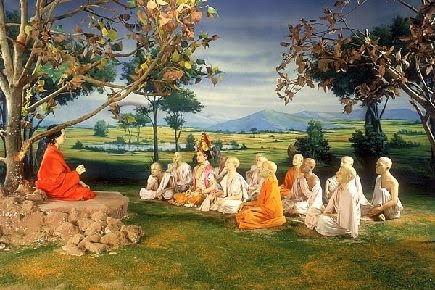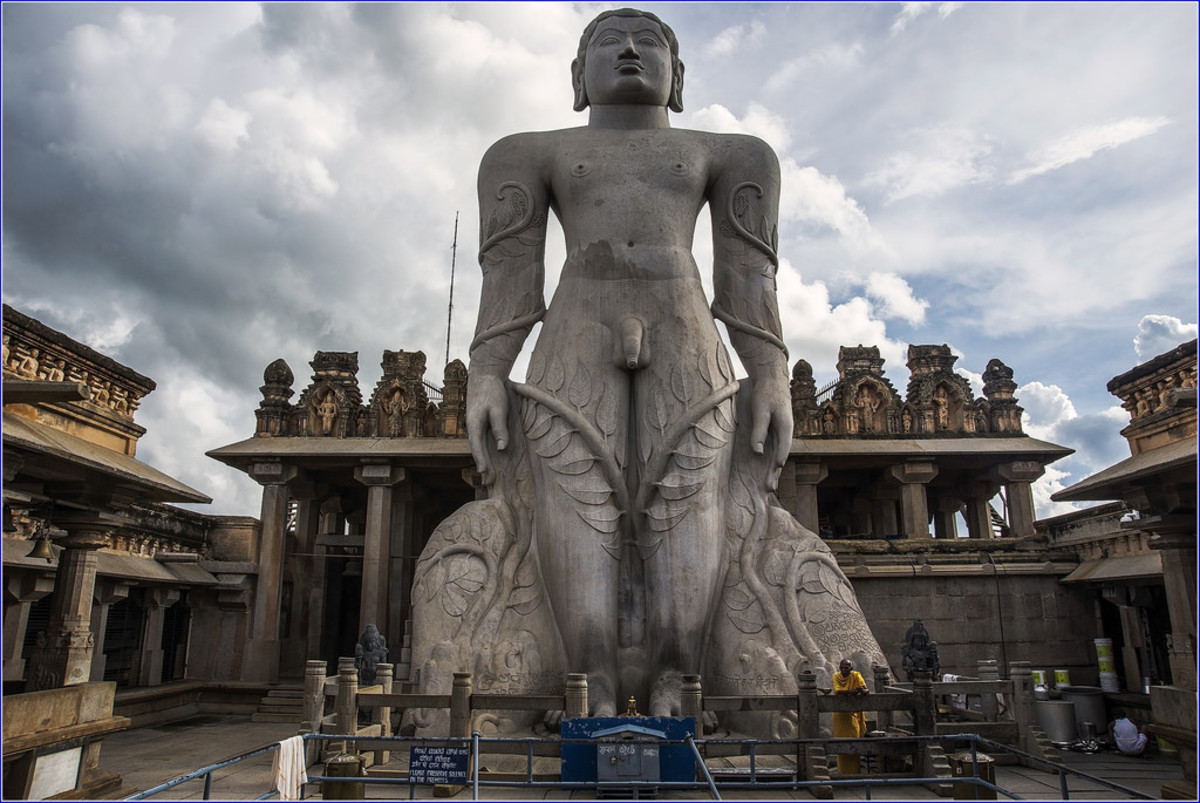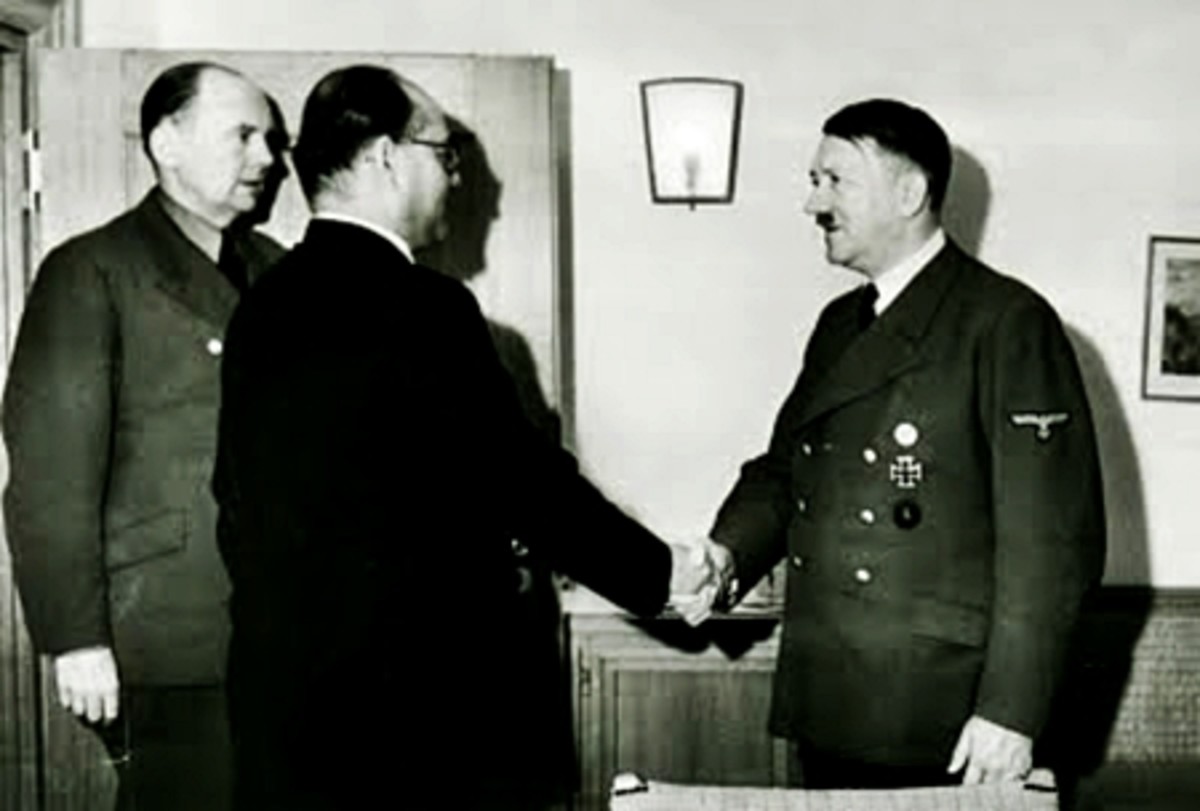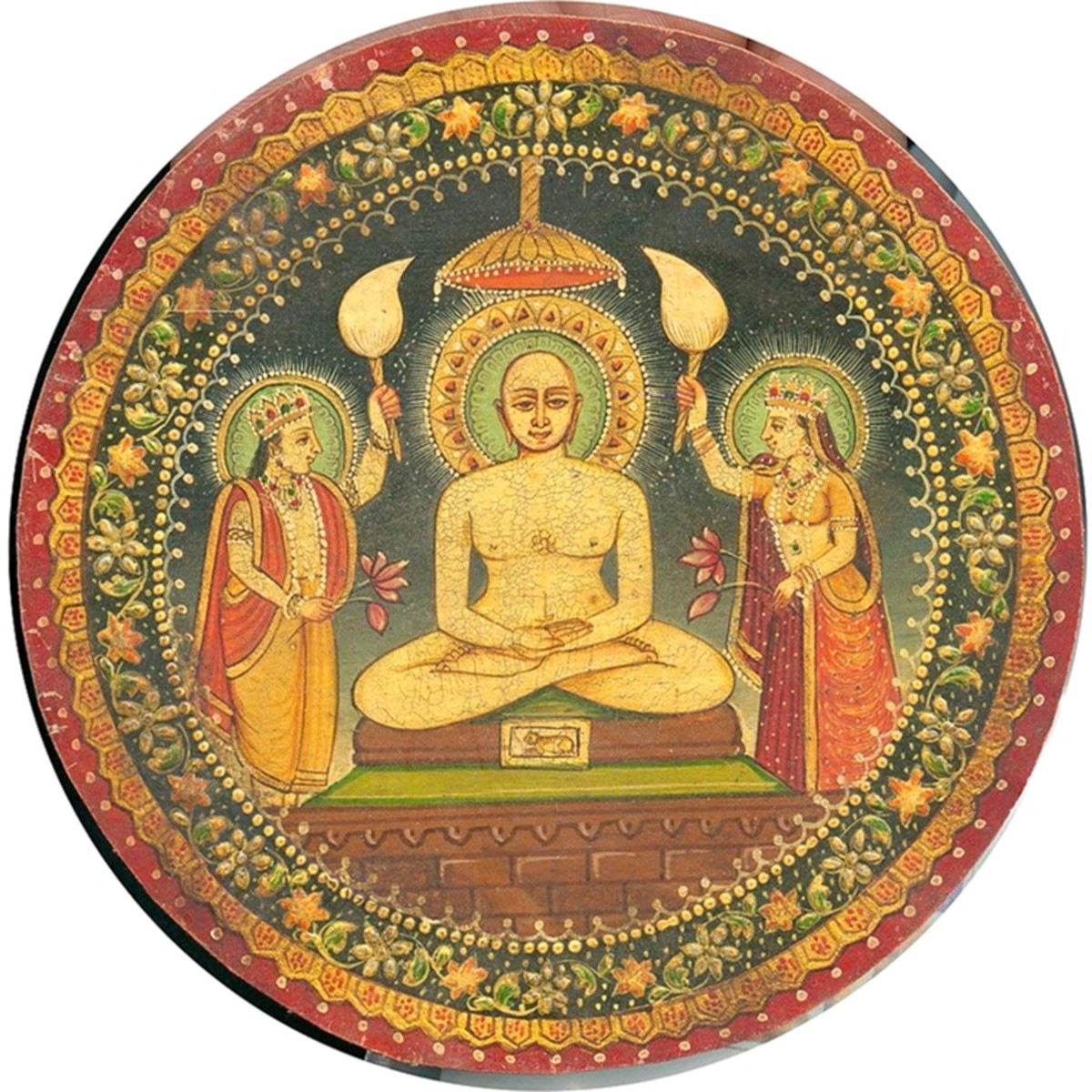- HubPages»
- Education and Science»
- History & Archaeology»
- History of Asia
EDUCATION IN ANCIENT INDIA
Though recorded Indian history dates back to the Indus Valley Civilization, not much is known about this period, as Indus valley script has not been deciphered. Hence we hardly know anything about their educational system. But the Aryans who came later passed on their knowledge by a meticulously developed oral system with great emphasis placed on tone and inflexions for which Sanskrit was admirably suited. The oral tradition of the Vedas is called Šrauta. This gave rise to large collection of verses, which were called SMRITI as they were passed down from one generation to the next orally and recorded only in memory.
The education system that prevailed during the Vedic times had some unique characteristics. Education was confined to the upper castes, and to those who were BRAHMACHARIS. In Indian tradition, a person’s life cycle is divided into four stages of which BRAHMACHARI is the second phase. This is the time set aside for learning and acquiring skills. During Vedic period, most of the upper castes, which were either Brahmins or Kshatriyas had their education in a unique system called GURUKULAM. Students had their education by living with their preceptors in forests far removed from cities, towns or villages. The life of students who were called SHISYAS was very rigorous and demanding. Those who failed to live up to these high standards would simply fall by the wayside. There were legendary acharyas like Sanandeepani and Dronacharya who taught epic heroes like Krishna and Arjuna martial skills, but what makes the Vedic period unique is the existence of sages like Gautama and Jaimini who were founder of different schools of Indian philosophy like Nyaya and Purva Mimamsa. This was a period of intense intellectual activity and speculation, which we hardly find even now. While Nyaya and Vaisheshika were theistic philosophies, Sankhya was atheistic.
There were of two types of BRAHMACHARIS who attended such GURUKULAMS, they were: UPAKURVANA BRAHMACHARI who remains a student for a limited time period after which he marries and becomes a householder and NAISHTHIKA BRAHMACHARI who remains a student and celibate throughout life dedicated to the pursuit of learning.
200 BCE – 300 CE
By this time many changes took place. The vigorous speculation gave way to ritualistic practices, thereby increasing the importance of the Brahmins who were the priestly class. Jainism and Buddhism sprang up basically as a revolt against this domination. During this period Sanskrit was the official language and the lingua franca of the elite, particularly Brahmins. But common man used a corrupt version of Sanskrit called PRAKRIT, which had three major variants viz. SHAURASENI, PALI and MAGADHI. Buddhism, which was heterodox and plebeian, made great use of common dialects like Pali and Magadhi.
Formal education (grammar, Vedic texts) was confined to Brahmins and Monk. Though the purpose for both these groups were different some subjects were commonly taught. They were:
Grammar
Verse composition
Rhetoric
Prose
Logic
Metaphysics
Medicine
The real change in education was not in formal education, which we may term as classical education, but in the growing importance to the teaching of technical knowledge. Technical/functional education was imparted by Guilds, and its area of focus was:
Mining
Metallurgy
Weaving
Dyeing
Carpentry
Obviously economic development necessitated these change, but the people who learnt it were not those of the upper caste, which resulted in change in social status of such professions. Being manually linked many of these crafts did not have the social respectability which upper castes with a classic education had. This was to have adverse impact centuries later.
During this period rapid progress was made in Astronomy and medicine. While the growth of medicine was due to obvious reasons, interest in heavenly bodies was due to some mundane needs. Predicting the seasons and preparation of calendars were needed for sowing, harvesting and festivities.Astronomy was also needed for traveling. Traders who wished to traverse oceans or deserts needed grounding in astronomy. This generated a lot of interest in the subject and some of the major centers of learning teaching this were Kusumpura in Bihar and Ujjain in Madhya Pradesh.
Another area of study, which became important during this period, was Veterinary science. This was due to the use of animals in agriculture and war, particularly the latter when horses and elephants were extensively. Sage Palakapya’s GAJASHASTRAM is an excellent example of this.
Though both Brahminical and Buddhist monasteries offered classical knowledge there was no contact between these two important centers of learning. Buddhist institutions were however less orthodox and formal and even those who were not upper caste had a chance to learn.
500 CE to 900 CE
During the early period Jains and Buddhists controlled education, but this was a period when the heterodox schools lost royal patronage. Buddhism though it spread rapidly in Asia, lost ground in its home turf. But more than the loss of royal support it was the intellectual onslaughts of philosophers like Shankaracharya, which weakened Buddhism in India. A Hindu intellectual revival in the south helped the Brahmins to once again regain their ascendancy.
Major centers of learning in the South were Madurai, Kanchipuram , Shravanabelagola and in small caves like Sittanavasal.
Buddhist centers of learning were monasteries located located in Kanchipuram and in the valleys of Krishna and Godavari.
There were also Hindu colleges called Ghatikas, which were attached to temples. These colleges were initially open to DVIJAS (Twice born) and Brahmins, but later it became the exclusive preserve of the Brahmins. Kanchipuram was one such center of Brahminical learning. There were also Sanskrit colleges in places like the ENNAYIRAM temple near Pondicherry. Kanchipuram was however an important center of Buddhist learning too.
Later MUTTS came into existence. Apart from Shankaracharya’s four MUTTS established all over India, there were many VAISHNAVITE and SAIVITE Mutts which were not only repositories of Vedic wisdom, but also important centers of learning. In all cases Sanskrit was the medium of instruction, which was also the official language in court. Courses were systematic and demanded regular attendance. Some of the well-known centers of learning in the South were ENNAYIRAM, THRIBHUVANI, THIRUVADUTHURAI and TIRUVATTIYUR.
Though this system of education was ideal in the ancient context, and is an admirable legacy; there is some negative fallouts of this in the present Indian system of education. One is the importance of memory-based education. The present system continues to lay importance on mnemonic skills, as a result of which rote learning is prevalent even in areas like science and mathematics at school level.
Secondly the undermining of manually related skills still exists, as a result of which not many are genuinely interested in crafts like carpentry etc. Lastly the skeptical thinking so widespread in Vedic age, no longer exists as a result of which whatever philosophical developments we have now, are just offshoots of ancient ideas, its commentary or blending of oriental and occidental thought.









